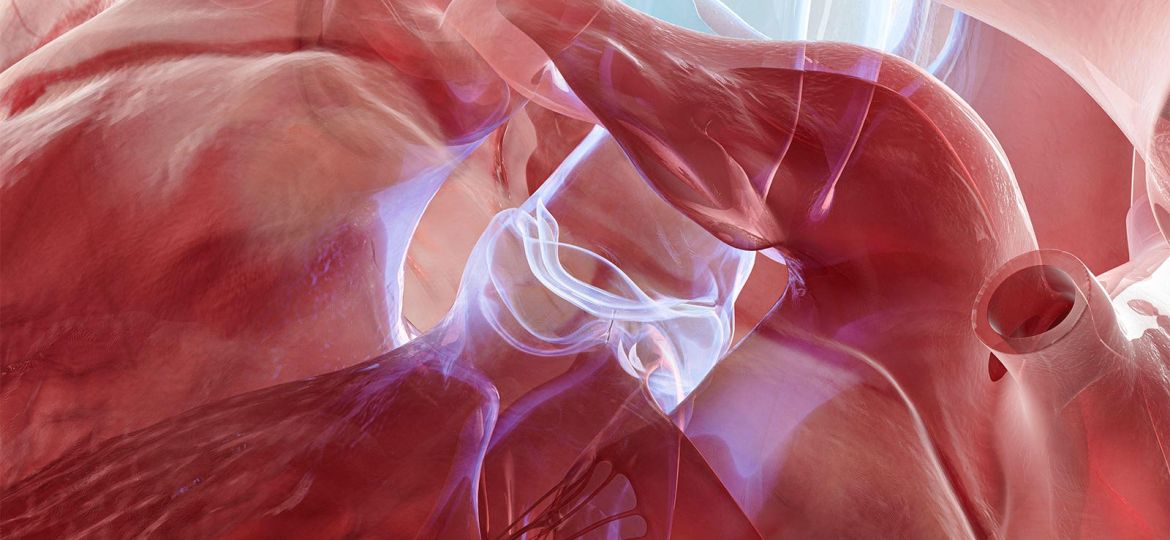Microscopic image of an HIV-infected T cell. Credit: NIAID Cardiovascular disease (CVD) is the leading cause of morbidity and mortality globally, posing a particularly significant threat to people with HIV (PWH). To address this, CVD prevention plans rely on prediction models like atherosclerotic cardiovascular disease (ASCVD) risk scores to estimate the risk of heart disease.
Despite the success cardiac rehabilitation has shown at reducing heart-related deaths and hospital readmissions, higher out-of-pocket costs may prevent patients from participating in the program, a Michigan Medicine study suggests…
Nearly half of adults with hypertension (HTN) are not aware of their diagnosis. But recognition is even worse in pediatric patients. Abbas H. Zaidi, MD “Less than 25% of children with hypertension get a diagnosis, and of those who get a diagnosis, 50% of those children are not receiving any intervention,” said Abbas H…
MedPage Today) — People with transthyretin cardiac amyloidosis (ATTR-CA) on top of aortic stenosis (AS) fared particularly poorly in a large cohort study, which researchers said calls for awareness and timely treatment. Compared with AS alone…
MedPage Today) — Sion Roy, MD, was on cardiac ICU service at Harbor UCLA Medical Center last week when he got a call from someone in his Big Rock neighborhood of Malibu. The neighbor said, “You should leave,” he told MedPage Today. “This does…
14 Jan: Polypill treatment for heart disease offers high value in low-income, underserved population
Polypill treatment for cardiovascular disease prevention is of high value in a low-income, underserved population, according to research published in JAMA Cardiology. Ciaran N. Kohli-Lynch, Ph.D., from the Feinberg School of Medicine at Northwestern University in Chicago, and colleagues simulated clinical and economic outcomes of the Southern Community Cohort Study (SCCS) Polypill Trial from a
Inclusion of measures of depression and anxiety in the American Heart Association Predicting Risk of Cardiovascular Disease Events (PREVENT) prediction model has little additional impact on risk classification of cardiovascular disease (CVD), according to a study published online Jan. 13 in the Canadian Medical Association Journal. Shinya Nakada, M.P.H., from the University of Glasgow in
TOPLINE: Empathetic telephone calls by laypeople may improve glycemic control in patients with uncontrolled diabetes and low income, particularly in those with subclinical depressive symptoms. METHODOLOGY: Patients were stratified by baseline depressive symptom scores ≥ 5 (a cutoff that includes subclinical depressive symptoms) and < 5 and randomly assigned to an intervention group (n =
For millennia in medicine, alcohol, particularly red wine, carried a health halo; in small doses, it has historically been thought to have cardioprotective benefits. Michael Farkouh, MD, a professor of cardiology at Cedars-Sinai, estimates half the physicians still accept people having a drink or two a day…
TOPLINE: The cardiovascular benefits observed with intensive blood pressure (BP) control in patients with hypertension and elevated cardiovascular risk from the Systolic Blood Pressure Intervention Trial (SPRINT) can be largely replicated in real-world settings among patients with chronic kidney disease (CKD), highlighting the advantages of adopting intensive BP targets…







